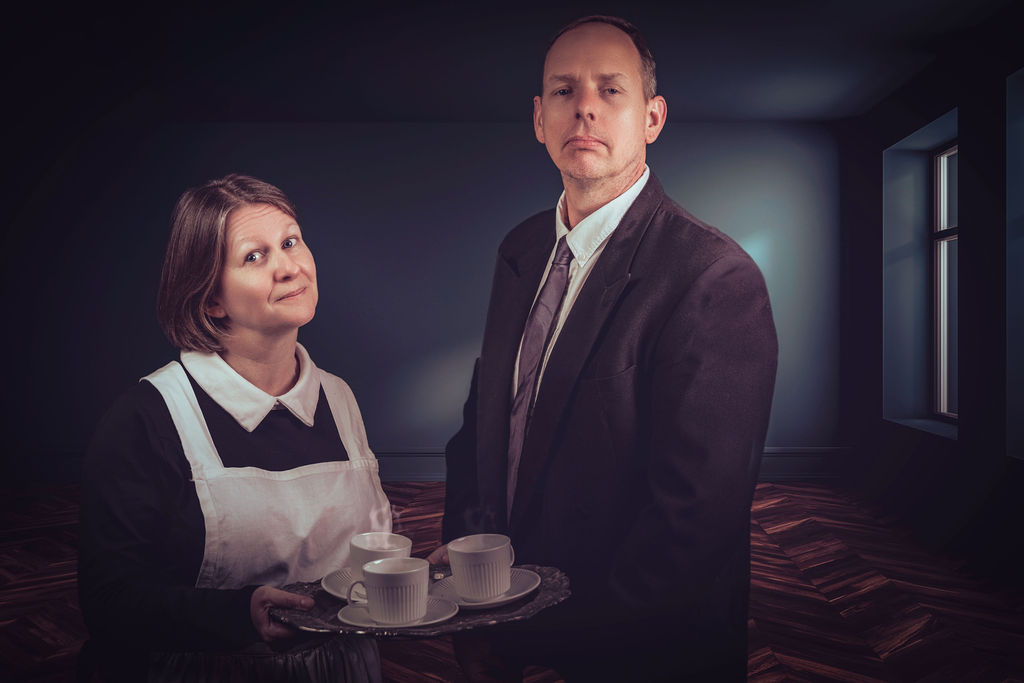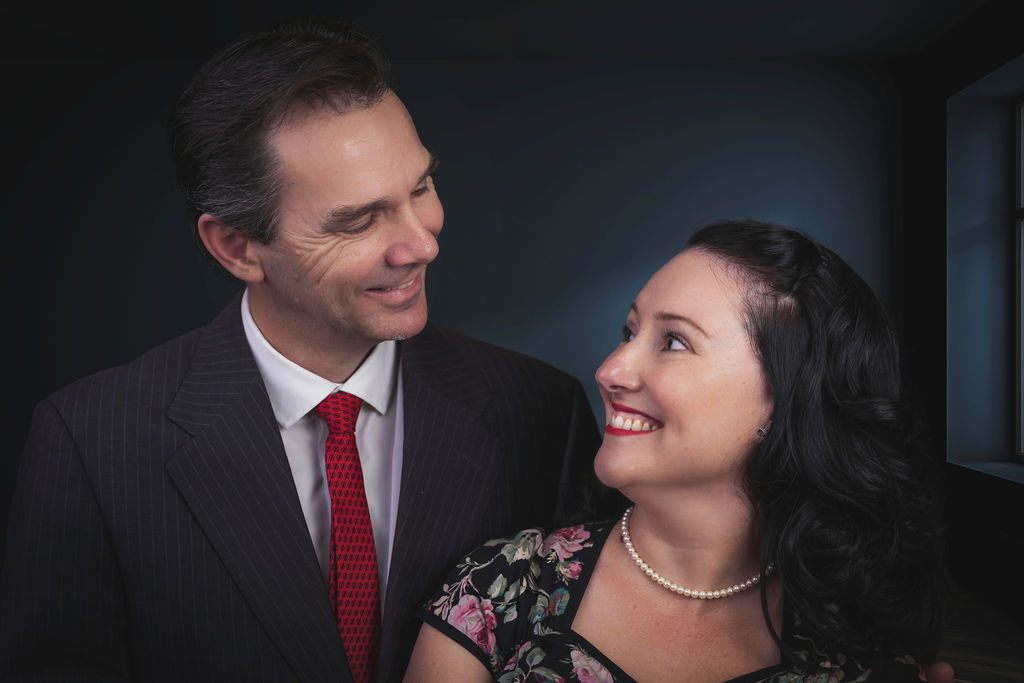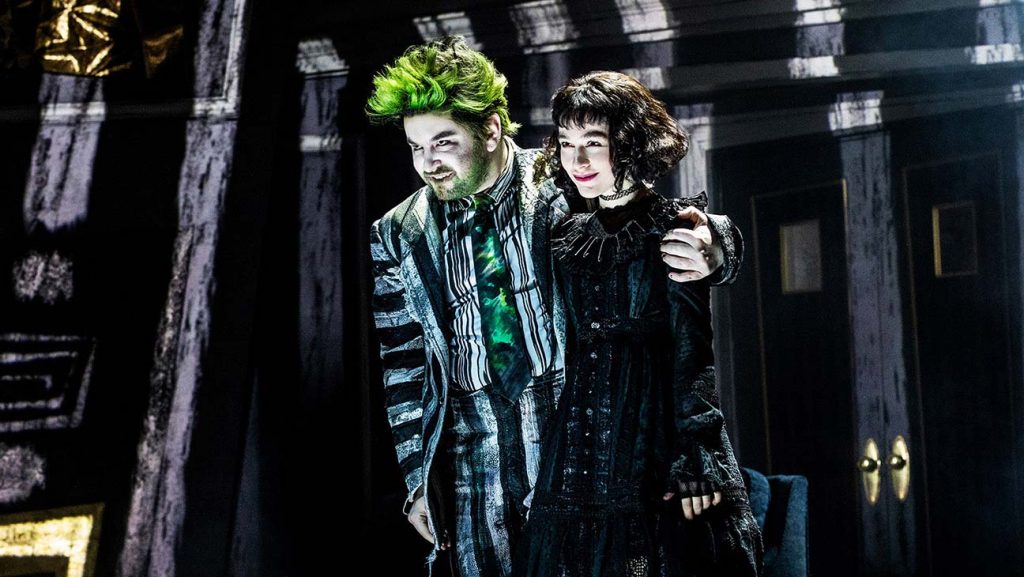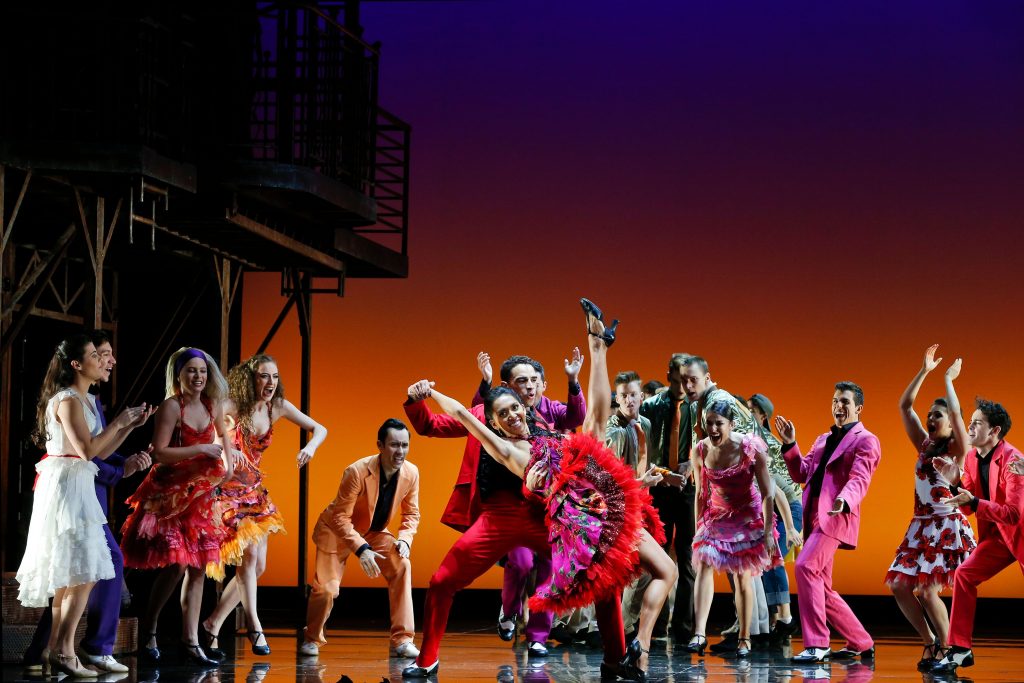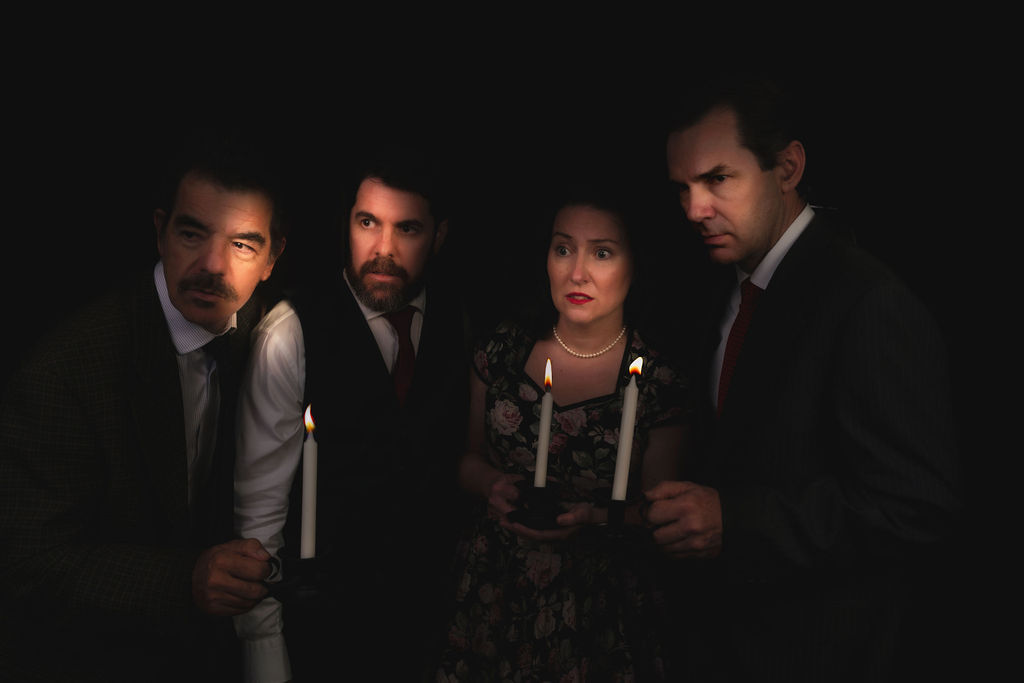
‘And Then There Were None’ // Nash Theatre
‘And Then There Were None’ was suspenseful.
If you’re a fan of Agatha Christie and appreciate the local amateur theatre scene, then watching ‘And Then There Were None’ at New Farm’s Nash Theatre will feel like slipping into a pair of comfy slippers.
While the 21st century started with an entertainment blitz of wizards, elves and vampires, we’ve recently witnessed the unexpected revival of the murder-mystery genre, spearheaded among others by the Knives Out franchise.
Impervious to the whims and fads of Hollywood though, Agatha Christie has for the past seventy years remained a staple of countless theatre companies around the world. Her books have sold more than 100 million copies and have been translated into 100 languages. ‘And Then There Were None’ is one of her best known and most liked novels, with theatre, film and television adaptations.
The plot of ‘And Then There Were None’ includes ten strangers, including eight guests, a butler (Charles Langford) and his wife (Susie Williams) who are lured to a lavish property on a remote island off the coast of Devon by a mysterious – and unexpectedly absent – couple named “Mr. and Mrs. Owen”. Among an array of wildly diverse guests are young secretary Vera Claythorne (played by Amy Bent), a retired Judge (played by Bruce Egerton), an unnerved doctor (played by Michael Alizzi), and others.
After a booming recorded message accuses each guest of past murders, and with no way of escaping the island, people start to die one after the other, killed in the same fashion and order as a framed children’s rhyme prominently displayed in the house. Terror and panic ensue when the survivors realise that the murderer must in fact be hiding among them, prompting a race against the clock to unmask the madman (or woman) before everyone ends up dead.
Director Sharon White, a confirmed Agatha Christie fan with five of her plays under her belt, staged a faithful and classic production of Christie’s original masterpiece. White didn’t attempt to use a creative licence to modernise the work, trusting the well-loved and suspenseful script to be enough.
At times, the stage and set felt a bit too small and cramped for all the actors to move around and interact authentically (including those not speaking for a long period), creating an obvious challenge for White, who had very few spacing options to try to position and direct the actors so as to maintain a sense of action. As the characters were killed off one-by-one, issues with space and static downtime naturally improved.
Otherwise, an effective and faultlessly designed set, well executed lighting and sound changes by Phil Carney and Sharon White, and apt costume choices all did an excellent job of helping immerse the audience in 1950s England. The actors’ demeanour and dynamic also reflected well the public attitudes of the era, especially towards class and gender.
The ensemble cast gave an overall solid effort in portraying old-fashioned characters and delivering dramatic action scenes that, no doubt, are challenging to pull off.
Audience members could admire the confident stage presence of several of the actors, and in particular Milton Scully, who as General Mackenzie was intriguing and a stand-out – it was really disappointed when his character died.
Another thing that was appreciated, and is sometimes lacking in amateur productions, was the effective, rich, and hugely pleasant vocal abilities of all actors in the play, with Claythorne, Edgerton, Alizzi as highlights.
A minor caveat – it seems an enduring tendency among local theatre companies to demand that their actors use the accent of the original material’s era / country: a most arduous task that even accomplished actors often fail to master. It’s a noble endeavour to pursue, but we wondered whether allowing actors to fully focus on their character and intentions without this additional burden would actually have taken anything away from the show; or could it have on the contrary enhanced its quality?
I read “And then there were none” when I was about twelve, and remember enjoying it immensely. Its original (unsavoury) title aside, nothing has been altered and Christie’s script is as potent as it was 70 years ago. Besides the plot’s brilliance, I had forgotten the numerous witty lines thrown by its characters – something I felt could have been more emphasised in this production.
What the script and the Nash Theatre team did achieve most brilliantly was building tension and suspense as the play progressed, leaving us frantically trying to unmask the murderer before the next person was taken. The race to solve the mystery was gripping, and probably my favourite aspect of the evening.
Did this production achieve what it set out to? Absolutely. The creatives and crew at New Farm Nash Theatre know what they – and their loyal audience – like, and kudos to them for sticking to a reliable formula that has worked brilliantly for them for many years – delivering proven classics in the purest of community theatre traditions.
Opinions will vary but in this reviewer’s humble opinion, a night out at a local community theatre is always a nice experience. The venue is usually inconspicuous: a repurposed hall or a church. Parking is easy, and there’s always a well-tended bar where you won’t need to remortgage your house to buy two glasses of Sauv Blanc. The atmosphere is relaxed. Patrons are a mix of older and young, dressed in their Sunday best – or not. Some of them are theatre buffs, regulars of the company. Many are here to support their friend or family member on stage.
Heading to the show last night, we had a fair idea of what we were getting into, and Nash delivered to our expectations: a solid, old-school, suspenseful ‘whodunnit’ murder-mystery classic from the Queen of the genre herself, performed earnestly by passionate volunteers.
And Then There Were None performs until Saturday 3 December 2022 at New Farm Nash Theatre. For more information visit their website.




